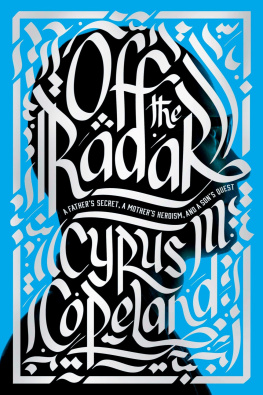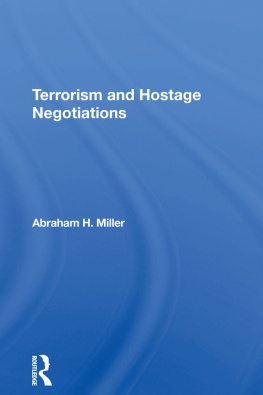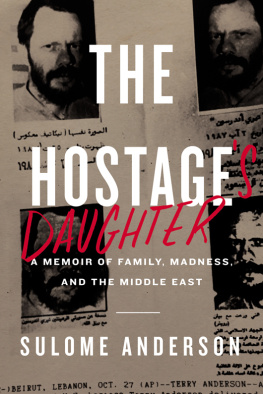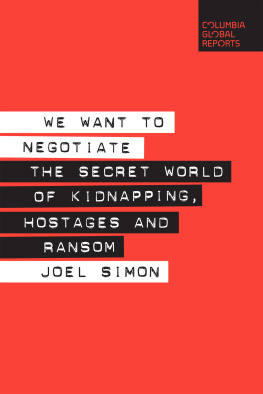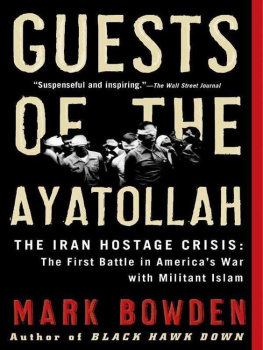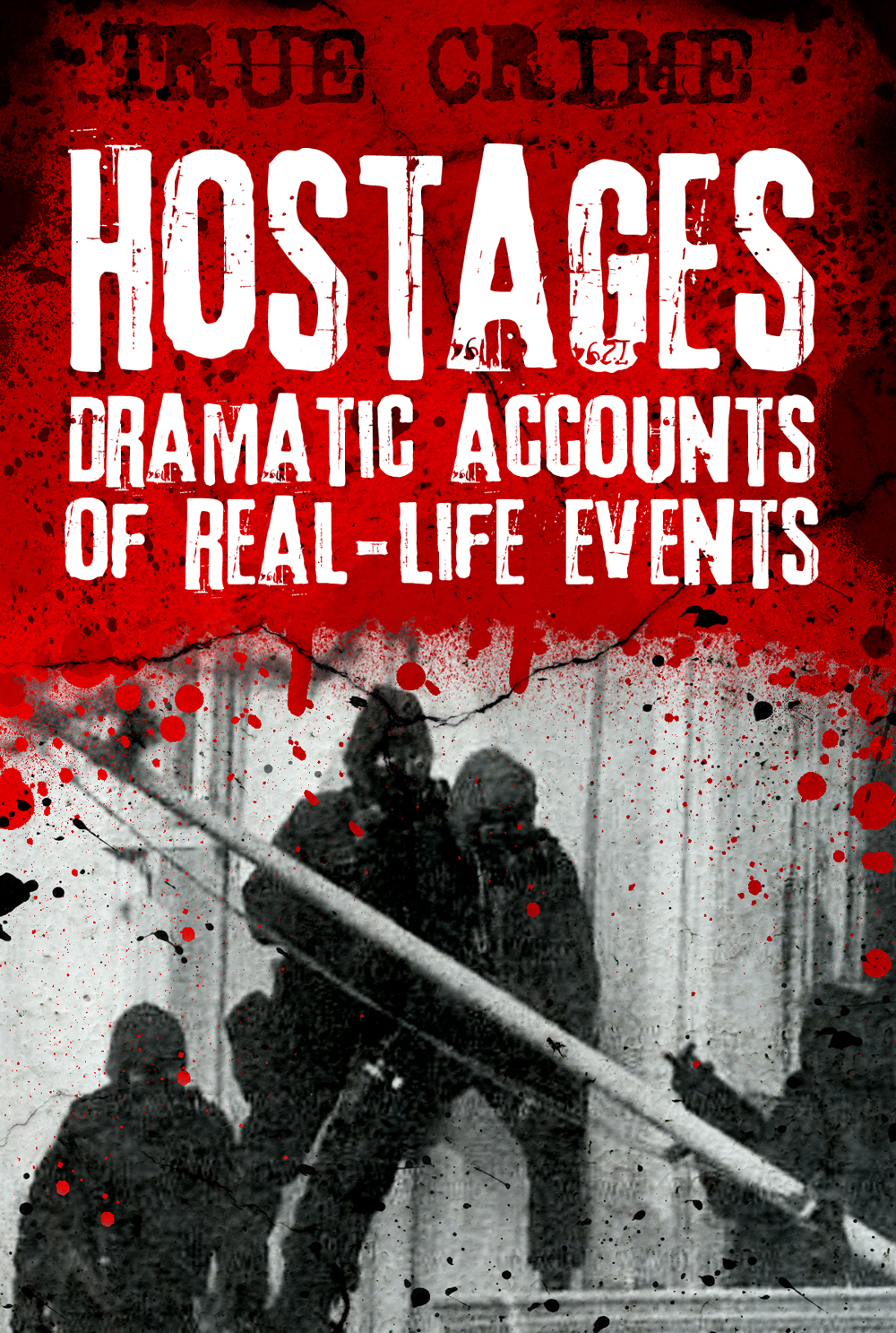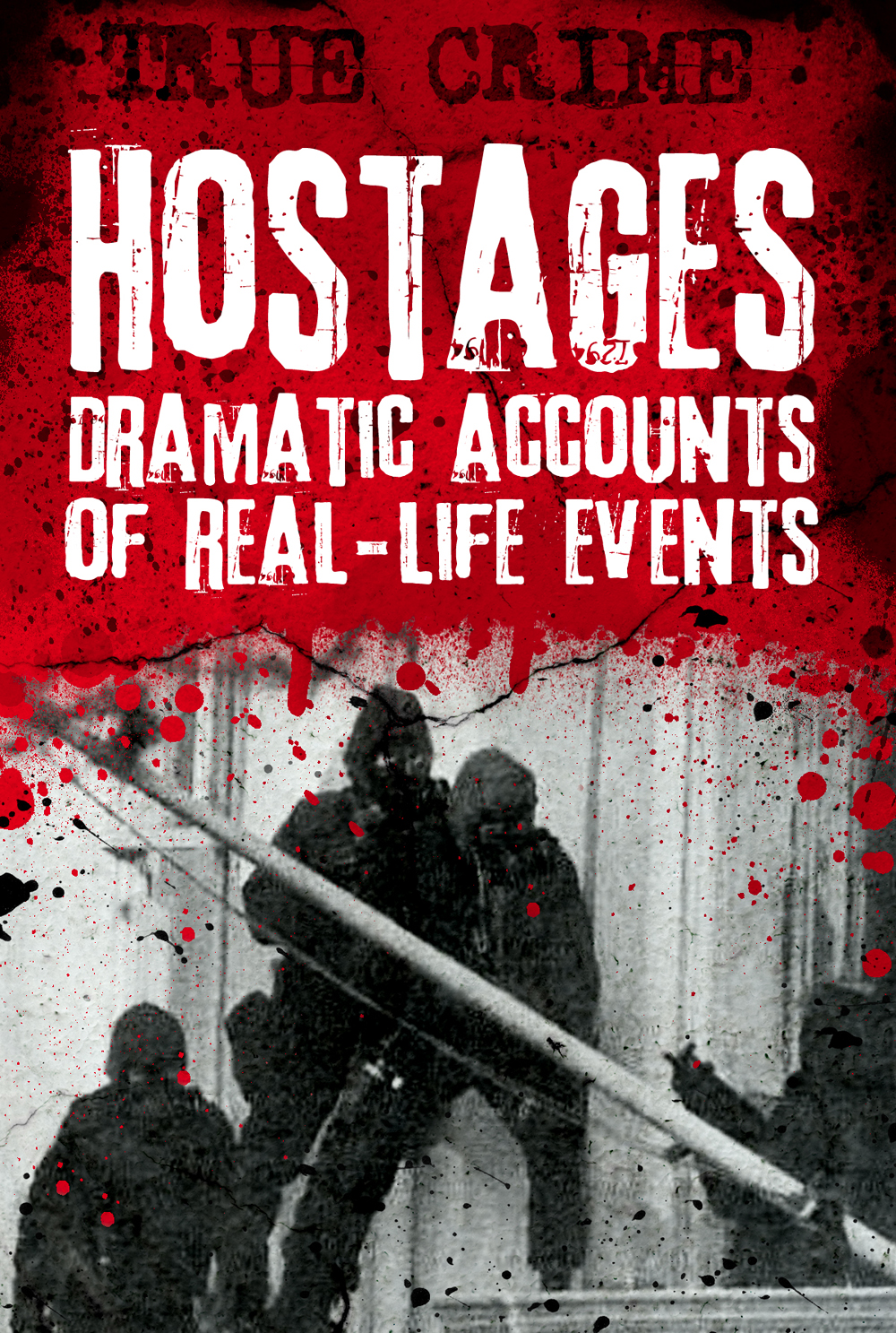
Copyright
2013 Canary Press eBooks Limited
This 2013 edition published by Canary Press eBooks Limited
www.canarypress.co.uk
All rights reserved. No part of this publication may be reproduced, stored in a retrieval system or transmitted by any means, electronic, mechanical, photocopying or otherwise, without the prior permission in writing of the publisher.
The views expressed in this book are those of the author but they are general views only, and readers are urged to consult a relevant and qualified specialist for individual advice in particular situations. The author and Canary Press eBooks Limited hereby exclude all liability to the extent permitted by law for any errors or omissions in this book or for any loss, damage or expense (whether direct or indirect) suffered by the third party relying on any information contained in this book.
ISBN: 9781907795800
Cover & internal design: Anthony Prudente
More titles from Canary Press eBooks
Discover more at www.canarypress.co.uk
Contents
Introduction
Introduction
Hostage-taking has become very fashionable in recent years although, of course, it has always been around, a handy tactic to be used by anyone trying to gain advantage or leverage of some kind. From time immemorial, hostages have been taken whether in sieges, when entire cities could be held hostage for months or even years until everyone starved to death or the besieging army got bored, or to ensure good behaviour. Vlad the Impaler was taken hostage as a child by the Ottoman Turks in the fifteenth century in order to ensure the good behaviour towards the Turks of his country, the principality of Wallachia. Threatened with invasion, Vlads father, also called Vlad, promised to become a vassal servant of the Sultan and both his younger sons were handed over to the Turks to ensure that the promise was kept. Vlad never forgot or forgave his treatment at the hands of the Turks and tens of thousands of them died horrendously as a result.
Recent hostage-taking seems mainly to have been a preoccupation of minority groups attempting to gain political leverage of some kind. Islamists, Chechens and others have become past masters of the art of kidnapping and of using the hostage over a period of time to gain global media coverage for their cause or to try to persuade governments to release their comrades. Results are often negligible and a disturbing number of deaths have recently ensued as governments steadfastly refuse to bend to the will of the abductors, the thinking being, of course, that if they give in to one, it will serve only as encouragement for the others, leading to a spate of kidnappings.
There have been some dramatic losses of life, of course, in recent hostage situations. The Beslan Hostage Crisis in which a group of armed terrorists took 1,100 hostages in a school in the town of Beslan in the Russian republic of North Ossetia, ended horrifically in the deaths of at least 334 people, 186 of them children. The Moscow Theatre hostage crisis, known also as the Nord-Ost Siege, was staged by Chechen terrorists. On that occasion 850 hostages were taken and at least 129 of them died horrifically when a toxic substance was pumped into the auditorium.
Political hostage-taking can be very dangerous not just for hostages, however. In these situations, the actions of governments are carefully scrutinised and they often become a measure of how effective a government or a ruler is. The 1979 storming of the American Embassy in Teheran by militant students loyal to the Muslim leader Ayatollah Khomeini, in which sixty-five Americans were taken hostage, sparked an international crisis lasting more than a year that tested the United States President Jimmy Carter to the limit. As the world watched, Carter failed in a disastrous mission to free the hostages; helicopters were downed by mechanical failure and Carter was humiliated. His humiliation was complete when the hostages were freed just hours after Ronald Reagan, who had beaten him in the November 1980 presidential election, took the Presidential Oath of Office on 20 January 1981.
The Middle East is where kidnapping has become a daily threat for any westerner or non-Muslim living or working there. In war-torn Lebanon extremist Shiite groups began kidnapping people in 1982 to advance their cause and obtain the release of Islamic activists from Israeli prisons. During this time a number of British hostages were taken and held for extraordinarily long times. Terry Waite, an envoy of the Archbishop of Canterbury, seeking the release of other hostages in Lebanon, including the British journalist, John McCarthy, was held for almost five years, the first four of which were spent entirely in solitary confinement, an exacting ordeal. American journalist, Terry Anderson, was a captive of the Shiite Hezbollah organisation for an extraordinary six years and nine months.
Those early hostages were often released. In recent and more extreme times, however, hostages taken in Iraq and Afghanistan face the very real danger of horrific death at the hands of Islamic extremists often with links to Osama bin Ladens al-Qaeda. Engineer Ken Bigley and much-loved care humanitarian relief worker Margaret, are just two of the victims of the new, brutal form of hostage-taking, their deaths being broadcast on the internet. Others, such as BBC journalist, Alan Johnston, kidnapped in Gaza and freed after four months and a global media campaign, have been more fortunate.
Hostage-taking or abduction comes in many different forms. There are countless instances of criminal abduction. One of the most recent examples has also become probably one of the most notorious cases in criminal history of holding a person against their will. The world was stunned by the news that the Austrian Josef Fritzl had been holding his daughter prisoner for twenty-four years in the basement of the house he shared with his wife and other children. She had seven children by him and was raped by him thousands of times. Another Austrian girl, Natascha Kampusch was held for more than eight years by her abductor, Wolfgang Priklopil until her escape in August 2006.
Horrific though those stories are, the girls kept prisoner by the Belgian paedophile, Marc Dutroux, suffered an even worse fate. Kept in the basements of several of the houses he owned, the girls were subject to torture and sexual abuse. Four of them died, two of them starving to death in their dungeon, when the man he had delegated to feed them failed to do so.
One can question the sanity of men such as Dutroux, Fritzl, Priklopil or self-styled messiah, David Koresh, who led his religious cult, the Branch Davidians, in the siege that took place at Waco in Texas that ended in the deaths of many of his followers. Some hostage situations have been instigated by people who have either been clearly psychotic or undergoing a psychological crisis themselves. The case of Gary M. Heidnik who kidnapped, tortured and raped six women in Philadelphia in 1986 and 1987, shows clear evidence of psychotic behaviour. Heidnik aimed to capture ten women and have children with them, in a kind of perverse search for love that only provided horror and terror for his victims. He even went as far as feeding the flesh of one of his victims to the others, after grinding it up in a food processor.



